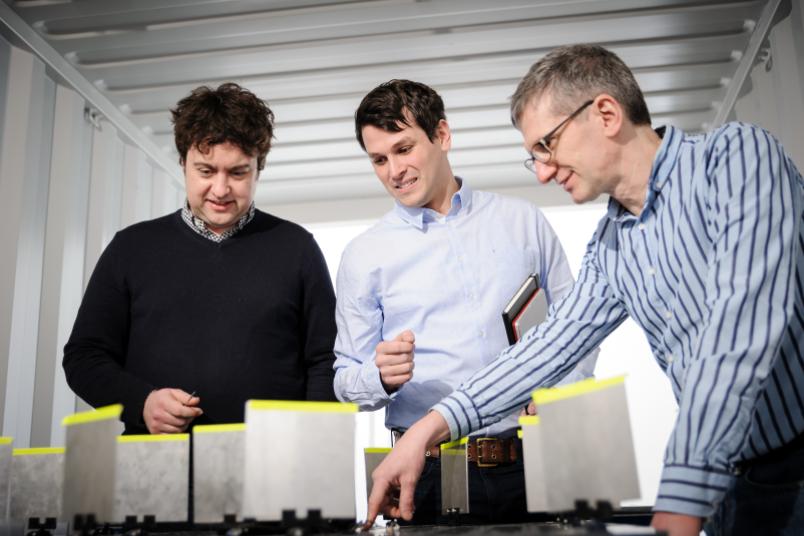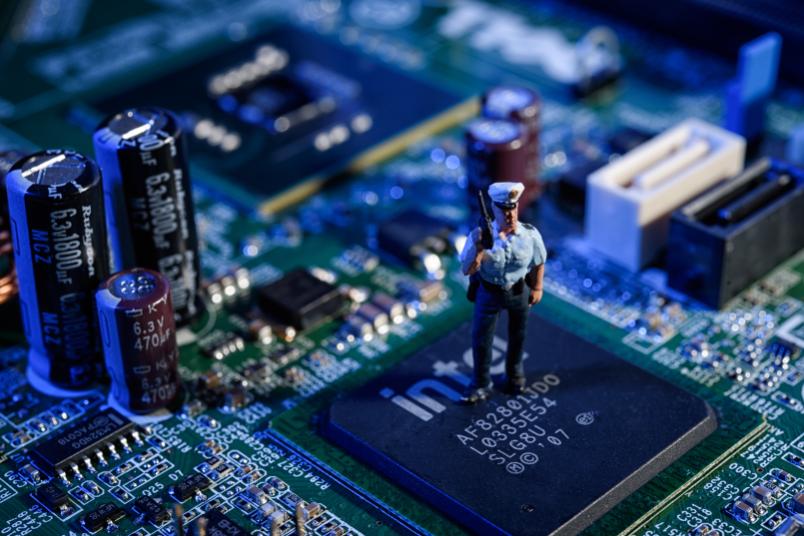
IT Security Novel technology for monitoring nuclear weapons
In future, this technology might help verify if countries abide by disarmament treaties.
An international IT research team from Bochum, Princeton, and Harvard has developed a technology that facilitates the monitoring of changes in nuclear silos without having to reveal secret information about the stored weapons. In future, it is expected to help verify if countries abide by disarmament treaties. The rooms are physically monitored with radio waves; a sophisticated cryptographic technique ensures that the process cannot be manipulated.
As far as researchers are concerned, no challenge is greater than monitoring nuclear weapons: potential attackers in this case are entire nations, rather than small groups of hackers or other criminals. The countries have almost unlimited financial resources at their disposal and have access to state-of-the-art offensive technology.
In the interdisciplinary project, members of the Bochum-based Horst Görtz Institute for IT Security (HGI) collaborate closely with US-American colleagues from Princeton University and Harvard University. A report about the work has been published in the science magazine Rubin.
Radio wave map indicates changes
In order to identify changes in a nuclear silo, researchers deploy electromagnetic waves in the radio frequency range. As they are reflected by walls and objects, a unique radio wave map of the room can be generated. Every change – for example if a warhead were to be removed from the storage facility – would change the reflexion pattern and could thus be detected. As a result, country A could monitor the nuclear silos of country B by requesting radio wave maps of the room in regular intervals.
“However, we must make sure that a country cannot generate a radio wave map of a fully stocked nuclear silo in advance and then continues to send it to country A, even after the weapons had long been removed,” explains Dr Dr Ulrich Rührmair from HGI. To this end, the researchers have integrated a so-called challenge into the system, i.e. a variation in the request for a radio wave map between the countries.
Preventing deception
In the room that has to be monitored, 20 rotating mirrors are installed, which can be remotely adjusted. The mirrors reflect the radio waves, thus changing the reflexion pattern in the room, with each mirror setting creating an individual pattern. Prior to sending the request, country A would arrange the mirrors in a certain way. In reply, country B would have to send the radio wave map of the room with the exact same mirror arrangement to country A. This can be done only if country B measures the room live with radio waves and the current mirror setting every time. Previously recorded radio wave maps would be useless.
Country A can verify the reply only if the reflexion patterns for a number of different mirror settings were measured and saved when the technology was first implemented.
Mirror arrangement must not be predictable
The IT security researchers are currently testing the system in a container at Ruhr-Universität, using dummy warheads and 20 mirrors. This setting enables them to create billions of sextillions different mirror arrangements. “The challenge is to make sure that the monitored country doesn’t learn to predict the next mirror setting over time,” says HGI researcher Prof Dr Christof Paar. Were this the case, the country could generate the required radio wave map without scanning the room anew.
In order to prevent this scenario, the IT experts from Bochum deploy an unpredictable cryptographic protocol to align the mirrors. “The important thing is to ensure that the correlation between the challenge and the reply cannot be described by a system of linear equation,” says Zenger. “This is because such systems are relatively easy to figure out in mathematical terms.” The same applies to the physics, i.e. the mirror materials: their reflexion properties shouldn’t be linear either.
